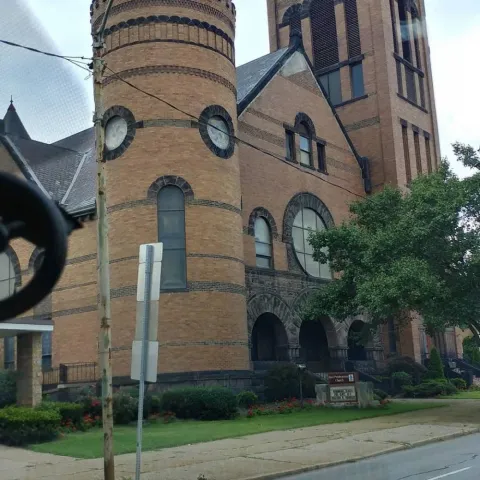New Castle
New Castle's journey from wilderness outpost to thriving city spans over two centuries, beginning with John Carlysle Stewart's land plotting in 1798. The story follows the development of Native American settlements, canal expansion, industrial booms, labor struggles, immigration waves, urban renewal, and the eventual rebirth.
Settlement was slow until Gen. "Mad" Anthony Wayne's 1794 victory at Fallen Timbers opened the land—part of Pennsylvania's Depreciation Lands—to Revolutionary War veterans. By 1800, Scots-Irish settlers had arrived in force.
The canal era boosted the economy but drained state funds. The Beaver Division incurred costs exceeding $700,000 in construction and upkeep, while toll revenue totaled just $38,000. Railroads soon replaced canals, offering faster and more reliable transport.
The 1890 McKinley Tariff encouraged domestic tin production, key for New Castle. Entrepreneurs George and Charles Greer founded Greer Tin Mill in 1893, which became the largest in the world. Immigration followed, with Welsh, Italians, and others settling near the mills, especially in South New Castle. Schools, stores, and hospitals sprang up to meet growing demand.By the early 1900s, New Castle was a one-industry town. Life revolved around the tin mill—from entertainment to employment. However, in 1909, labor tensions reached a peak. U.S. Steel refused to recognize Amalgamated, prompting a bitter strike that left many workers jobless.
The labor movement gained traction, electing Socialist Mayor Walter Tyler in 1911 and attracting leaders like Eugene V. Debs to local rallies. Workers voiced their demands through rallies and grassroots newspapers.
The Great Depression devastated the city. U.S. Steel left New Castle, deeming its facilities outdated. Relief funds became a lifeline as unemployment soared. Programs like the Civilian Conservation Corps offered temporary hope and a sense of dignity.New Castle found a new identity as the Fireworks Capital of America. Italian immigrant Leopold Fazzoni founded the first fireworks company in the state, mentoring future founders like Rozzi, Conti, Vitale, and Zambelli.
After World War II, the G.I. Bill transformed the city. Veterans pursued higher education, trades, and homeownership. Suburban development surged, replacing old fields with neighborhoods that reflected the American dream.



